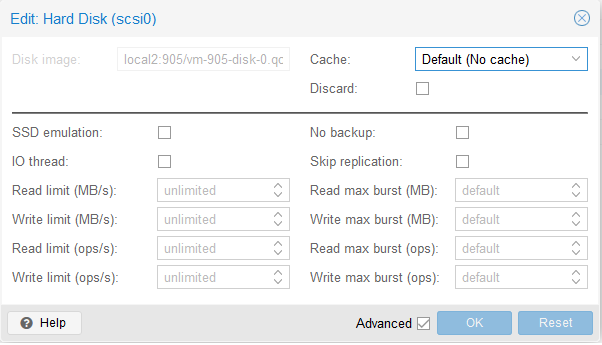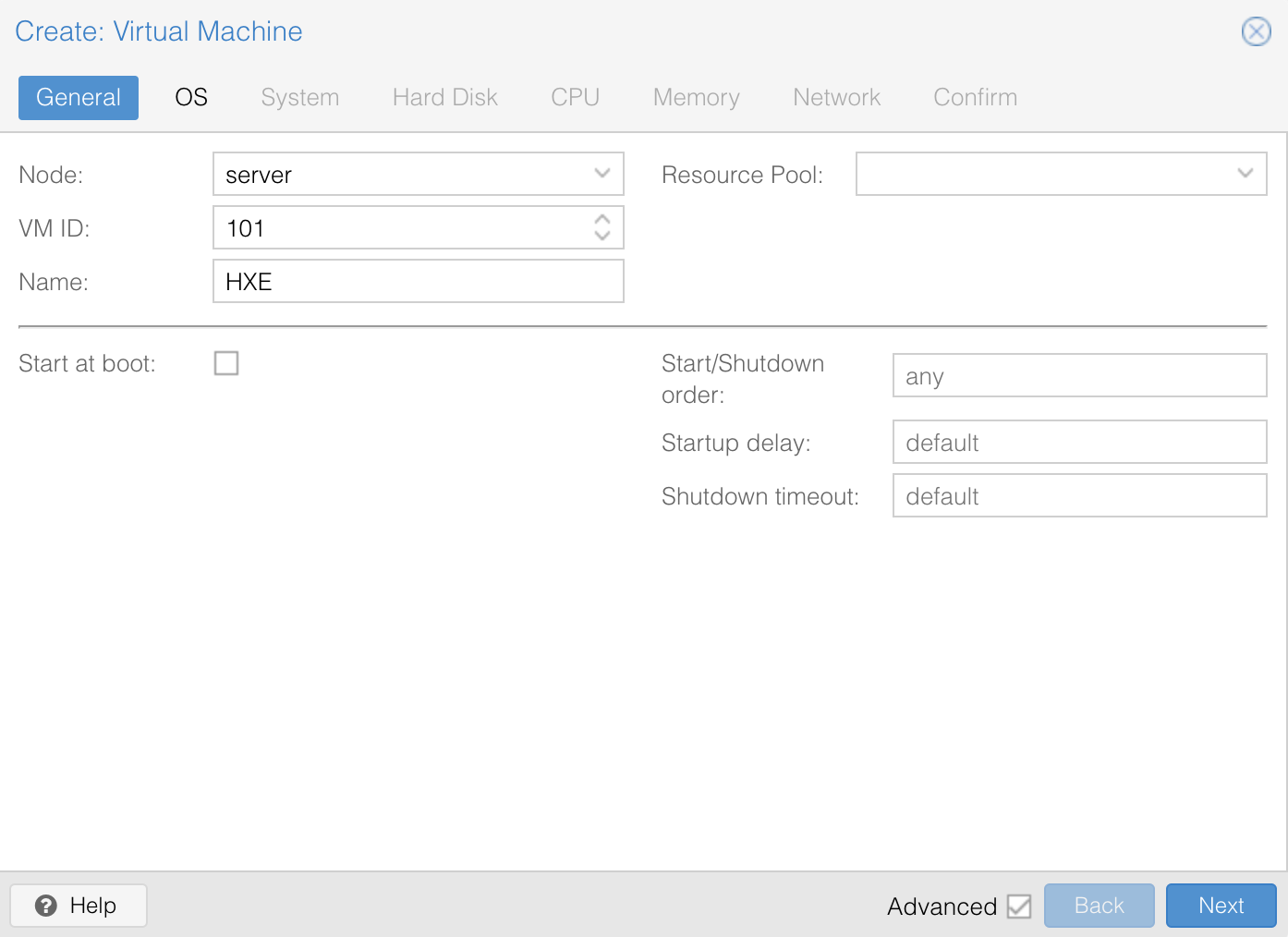

If configured, this interface is used for signaling and media communications to clients, and the primary interface is used for communication with the Management Node and other Conferencing Nodes. The optional secondary interface IPv4 address for this Conferencing Node. For more information, see Assigning hostnames and FQDNs.Įnter the IP address to assign to this Conferencing Node when it is created.Įnter the IP network mask to assign to this Conferencing Node.Įnter the IP address of the default gateway to assign to this Conferencing Node. We recommend that you assign valid DNS names to all your Conferencing Nodes. The Hostname and Domain together make up the Conferencing Node's DNS name or FQDN. Each Conferencing Node and Management Node must have a unique hostname. See Distributed Proxying Edge Nodes for more information.Įnter the hostname and domain to assign to this Conferencing Node. However, a transcoding node can still receive and process the signaling and media directly from an endpoint or external device if required. When combined with Proxying Edge Nodes, a transcoding node typically only processes the media forwarded on to it by those proxying nodes and has no direct connection with endpoints or external devices.

It cannot be used to re-deploy the same Conferencing Node at a later date. It cannot be used to deploy multiple Conferencing Nodes.

Note that we use the libvirt command line tools to perform the import as they provide greater control than Virtual Machine Manager. Create a new volume on your KVM server and upload the disk image.Ĭreate the Conferencing Node virtual machine.
Ova to proxmox import disk download#
Use the Pexip Infinity Administrator interface to generate and download the.To deploy a new Conferencing Node onto a KVM host, you must:


 0 kommentar(er)
0 kommentar(er)
